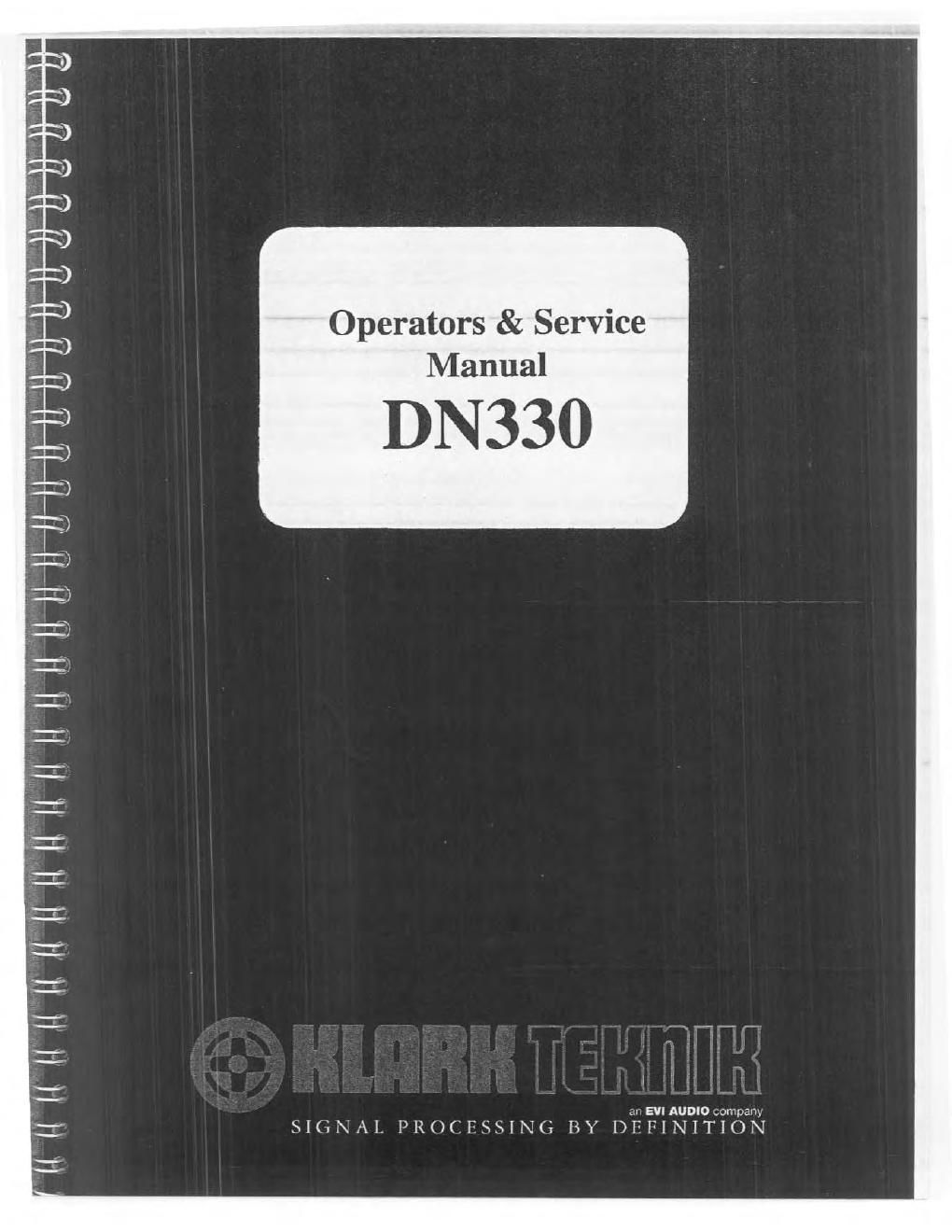Klark teknik dn330 operators and service manual
This is the 11 pages manual for klark teknik dn330 operators and service manual.
Read or download the pdf for free. If you want to contribute, please upload pdfs to audioservicemanuals.wetransfer.com.
Page: 1 / 11
